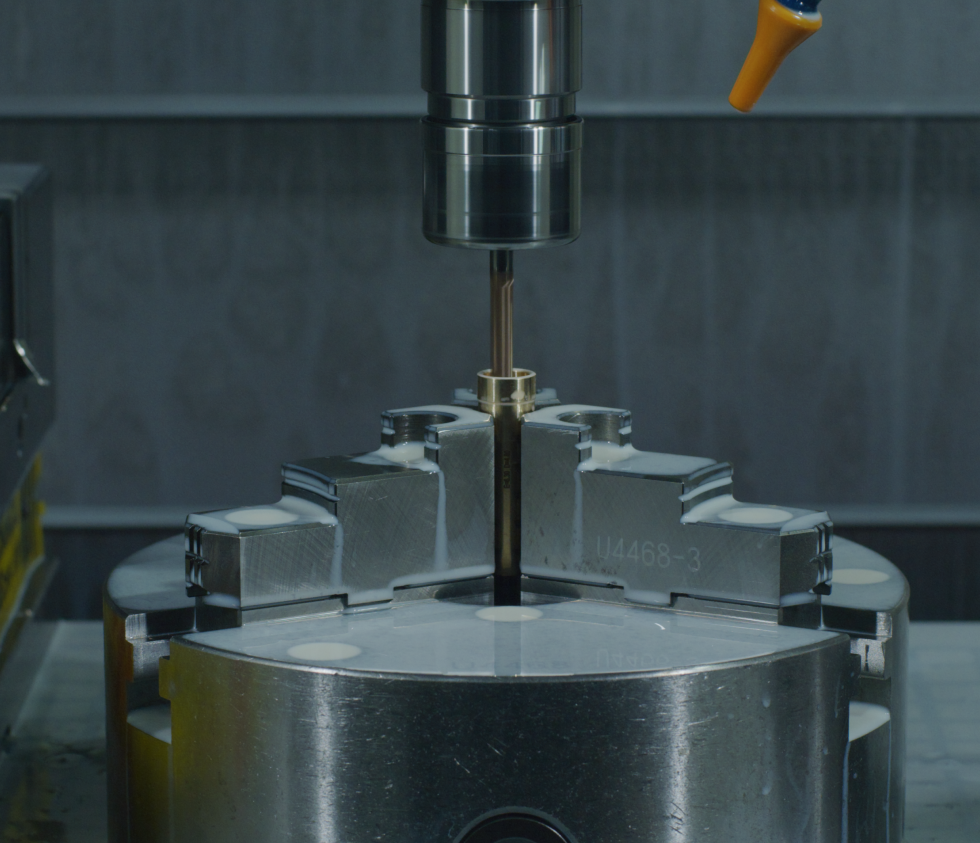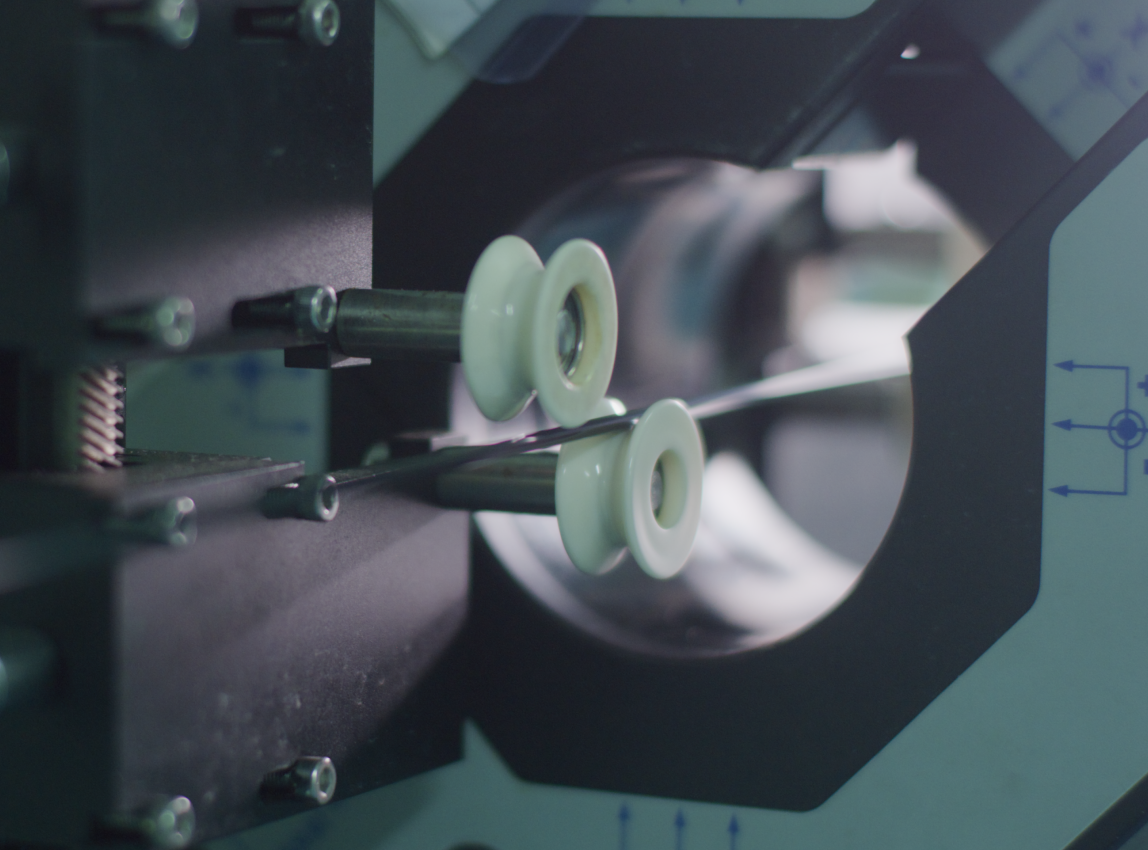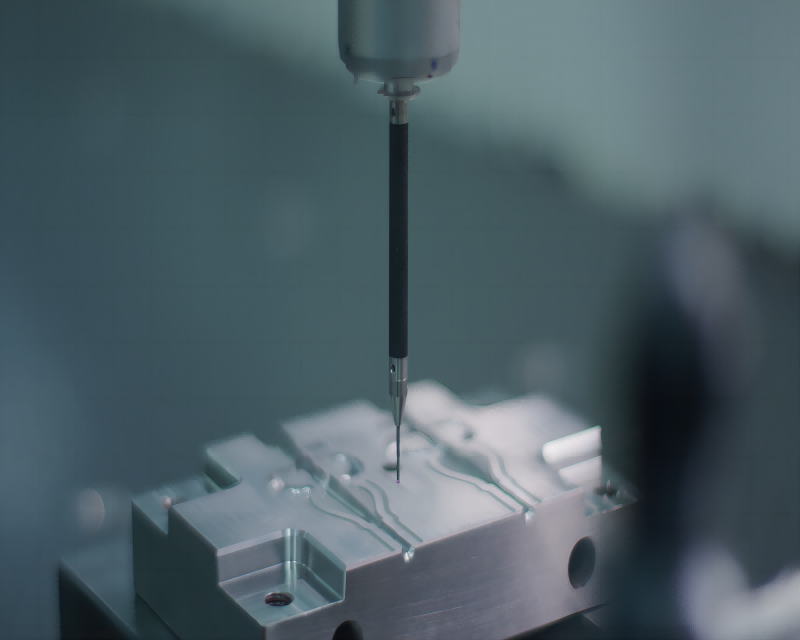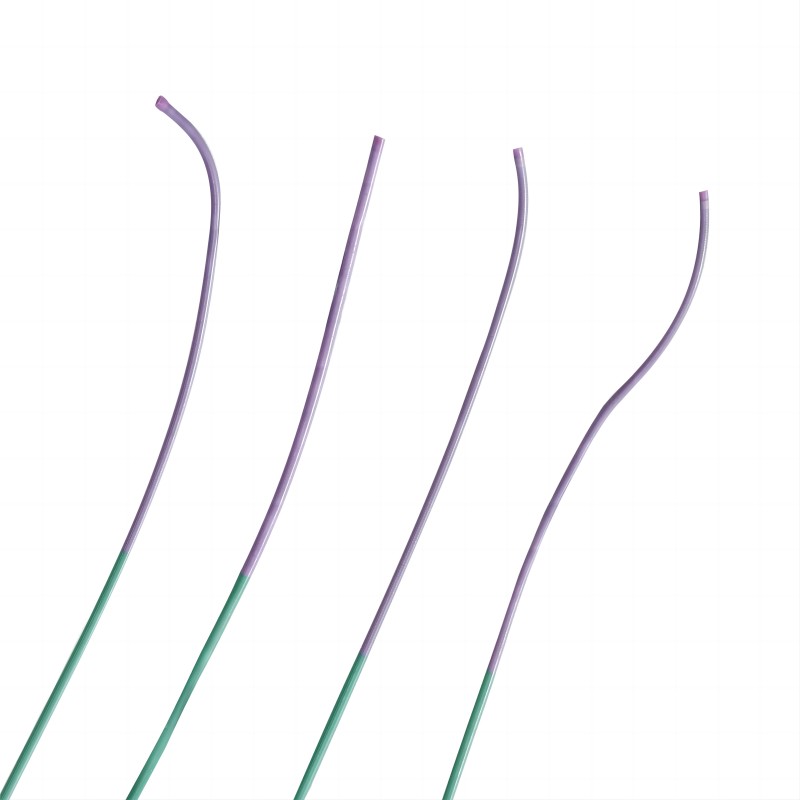Flaring
Precision Medical Tubing Services Flaring involves the precise modification of medical-grade tubing materials to create flares and expansions. The composition of the tubing used in this process varies depending on the specific requirements of the medical device and the application. Typically, medical tubing is made from biocompatible polymers such as polyethylene (PE), polyurethane (PU), polyvinyl chloride (PVC), silicone, or thermoplastic elastomers (TPE). These materials are selected for their flexibility, durability, and compatibility with bodily fluids and tissues.
- Flare Types: Our precision flaring services support a variety of flare types, including single flares, double flares, and bell-mouth flares, among others. We can create flares with precise dimensions and angles to suit your application needs.
- Tubing Compatibility: Our flaring services are compatible with a wide range of medical-grade tubing materials, including polyethylene (PE), polyurethane (PU), polyvinyl chloride (PVC), silicone, and more. We ensure that the flaring process maintains the integrity and properties of the tubing material, preserving biocompatibility and performance.
- Tolerance and Accuracy: Demax maintains tight tolerances and high levels of accuracy in the flaring process, ensuring that the dimensions and geometry of the flares are consistent and precise. Our advanced equipment and quality control measures guarantee uniformity and reliability in flared medical tubing.
- Catheters: Flared medical tubing is commonly used in catheter assemblies to facilitate smooth insertion, navigation, and fluid delivery within the body’s natural cavities.
- Endoscopic Devices: Flared tubing is utilized in endoscopic instruments for improved maneuverability, visualization, and control during minimally invasive procedures.
- Infusion Sets: Flared tubing is employed in infusion sets to ensure secure connections between tubing components, minimizing leakage and enhancing fluid delivery accuracy.
- Respiratory Devices: Flared tubing is used in respiratory devices, such as oxygen masks and nasal cannulas, to provide a comfortable and secure fit for patients, optimizing oxygen delivery and respiratory support.
Related products
-
Hook Forming
Demax utilizes high-quality materials such as stainless steel or nitinol for hook forming, chosen for their exceptional mechanical properties, corrosion resistance, and biocompatibility. These materials undergo precise shaping processes to achieve intricate hook configurations tailored to specific medical device applications. With our commitment to quality and precision, Demax ensures that hook-formed components meet the rigorous demands of medical device manufacturing, contributing to the advancement of healthcare worldwide.
-
Punching
Precision Medical Tubing Services Punching from Demax involves the precise creation of perforations, holes, or patterns in medical-grade tubing using advanced punching methods and equipment. The tubing material, typically made from medical-grade polymers such as polyethylene (PE), polyurethane (PU), or silicone, is carefully selected for its biocompatibility, flexibility, and durability. During the punching process, specialized punches and dies are used to create holes of specific sizes, shapes, and configurations in the tubing, allowing for precise control over the perforation characteristics. Each punched hole is inspected and verified to ensure that it meets the required tolerances and quality standards. Demax’s expertise in precision punching ensures that punched medical tubing maintains its structural integrity, biocompatibility, and performance, meeting the demanding requirements of medical device manufacturers and healthcare professionals.
-
Tip Forming
Precision Medical Tubing Services Tip Forming involves shaping and forming the tips of medical-grade tubing materials to meet the specific requirements of medical device applications. The composition of the tubing used in this process varies depending on the desired properties and performance characteristics required for the medical device. Typically, medical tubing is made from biocompatible polymers such as polyethylene (PE), polyurethane (PU), polyvinyl chloride (PVC), silicone, or thermoplastic elastomers (TPE). These materials are selected for their flexibility, durability, and compatibility with bodily fluids and tissues.
-
Microcatheter
Features:
1. PTFE inner layer allows for smooth passage for embolic agents;
2. Optimal trackability through tortuous anatomy;
3. Available in pre-shaped tip shape configurations for vessel engagement;
4. Four shapes provides more option for clinical usage;
5. 2.0F/2.2F/2.6F/2.8F models are available;
6. Hydrophilic coating technology, smoothly through the lesion.




